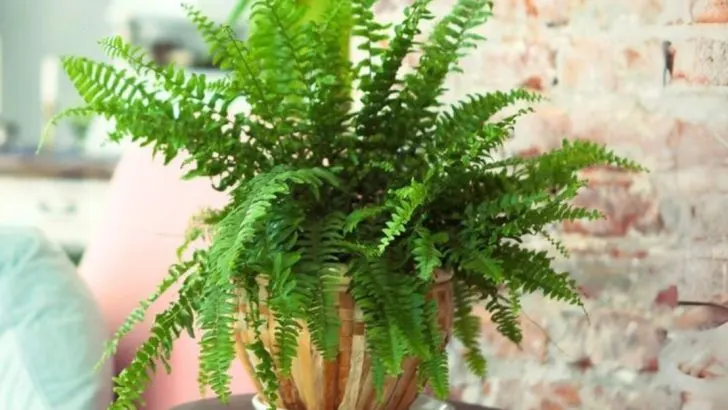Some container plants might look beautiful, but they drink more than their share, leaving you with constant watering chores and a strained water bill — especially in warmer months. While these “water hogs” are popular, they’re not always the most practical choice for busy or eco-conscious gardeners.
In this article, we’ll reveal 12 common container plants that require frequent, heavy watering to survive — and introduce 12 smarter alternatives that offer similar beauty with much less maintenance. These swaps will help you conserve water, save time, and still enjoy vibrant, thriving pots.
Choose container plants that work with you — not against your schedule or the environment.
Boston Fern
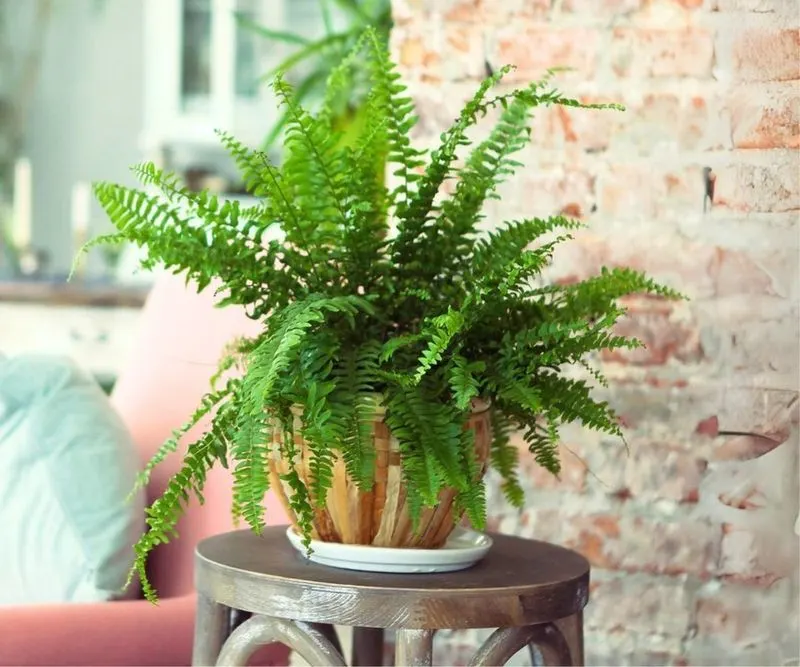
Renowned for its feathery fronds, the Boston Fern thrives on high humidity and consistent moisture. Its need for frequent watering can make it a challenging choice for those aiming to conserve water. Often seen dangling gracefully from hanging baskets, this plant is a moisture lover at heart. Historically popular in Victorian parlors, its charm is undeniable yet demanding. A prudent gardener might opt for a less thirsty alternative to maintain a more sustainable container garden.
Snake Plant
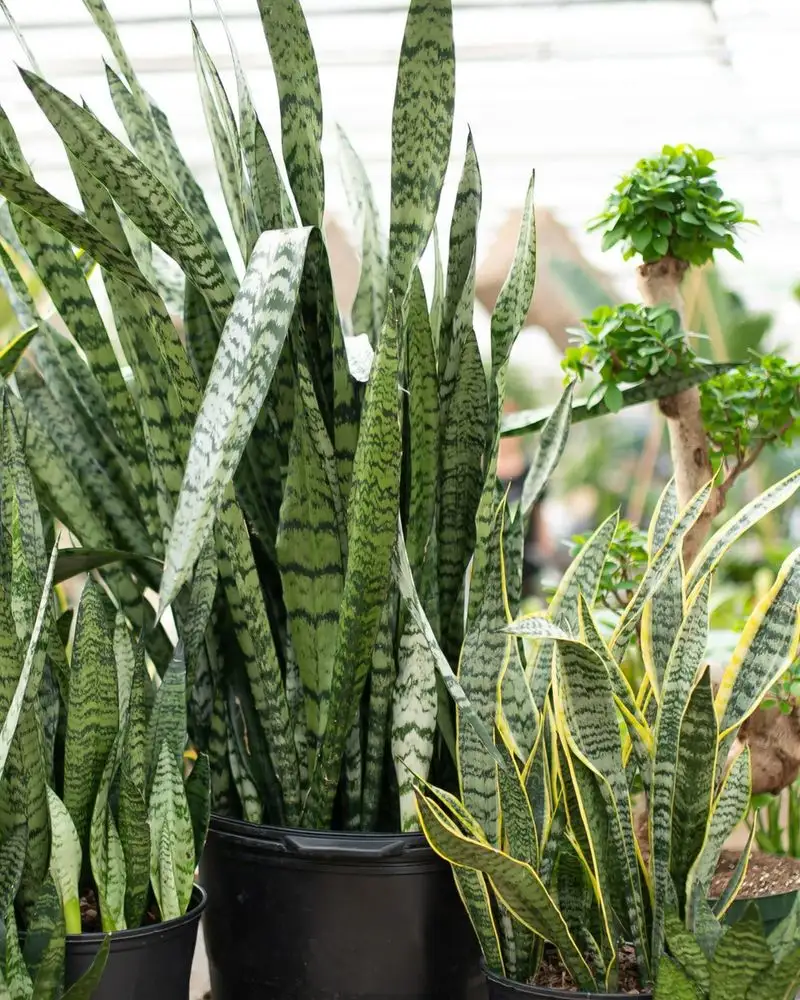
The Snake Plant, with its sleek sword-like leaves, is a testament to resilience. Its ability to thrive on neglect makes it a star in water conservation. Unlike many of its thirstier counterparts, this plant can go weeks without watering, making it an excellent choice for eco-conscious gardeners. Originating from West Africa, it’s not just drought-tolerant but also an air purifier. Embrace this hardy green companion for a sustainable and stylish container garden.
Hydrangea
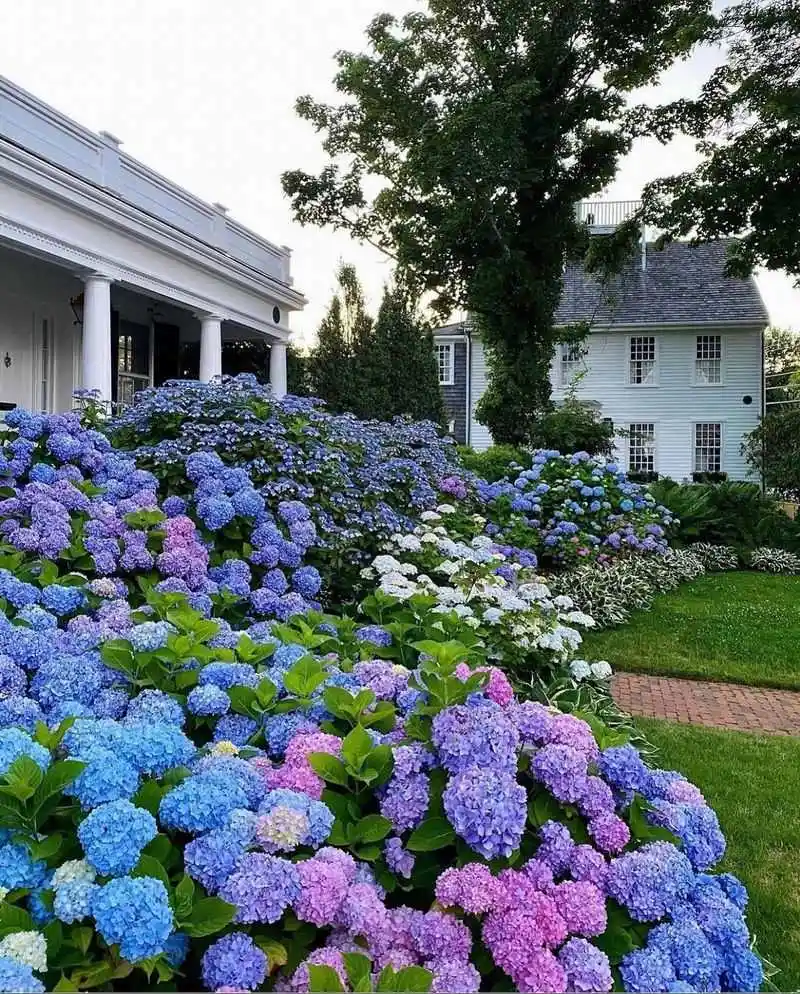
Hydrangeas are known for their breathtaking blooms and equally impressive thirst. Their substantial water requirements make them less suited for those looking to conserve. These floral giants often need daily watering, especially in hot climates, to maintain their vibrant colors. Historically adored for their dramatic floral displays, they can be a water-intensive liability for the eco-minded gardener.
Lavender
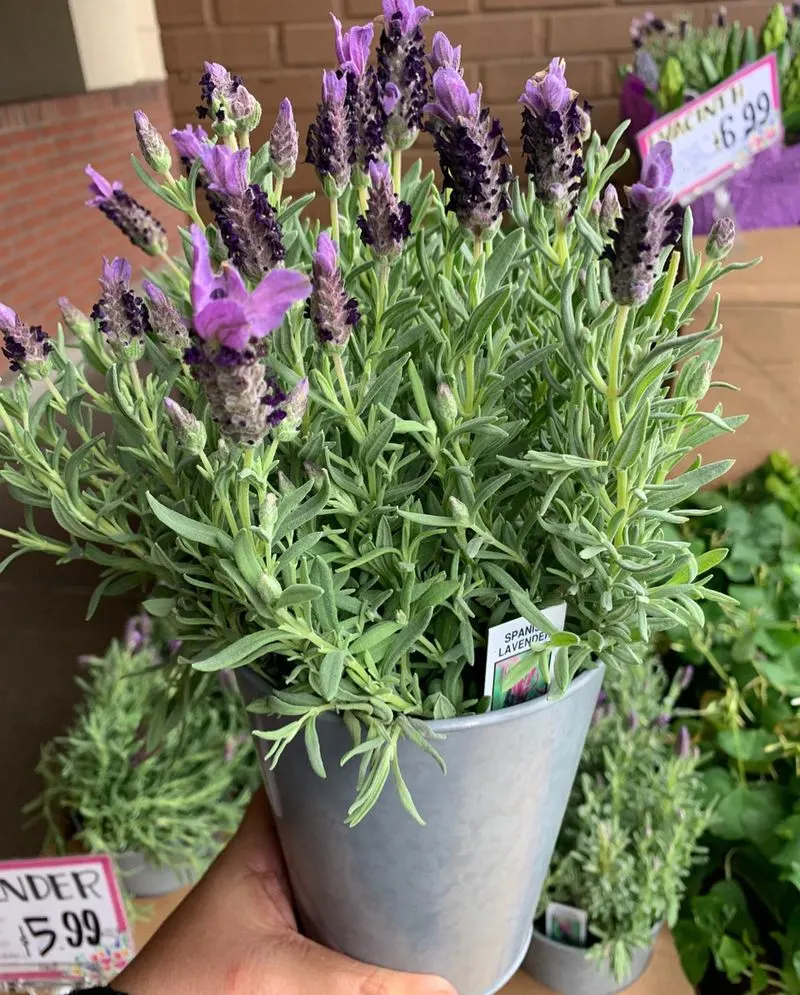
Lavender stands out with its aromatic fragrance and minimal water demands. This Mediterranean native thrives in well-drained soil and full sun, requiring very little attention. Not just a feast for the senses, it’s also a haven for pollinators. By opting for lavender, you bring a touch of Provence to your garden without the guilt of excessive water use. It’s the perfect blend of beauty and sustainability.
Fuchsia

Fuchsias, with their striking pendulous blooms, demand attention and water in equal measure. While they brighten up any space with their vivid colors, their need for constant moisture might be a turn-off for the water-wise gardener. Native to Central and South America, these beauties can be particularly demanding in hot, dry climates. For those looking to reduce their water footprint, it might be best to admire these from afar.
Jade Plant
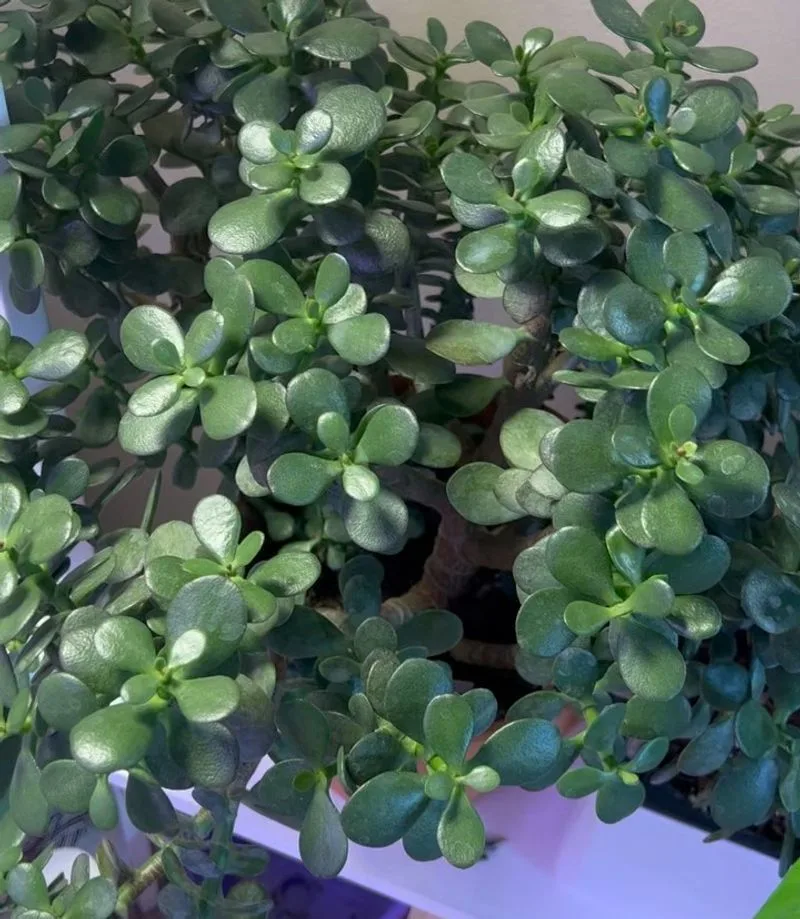
The Jade Plant exudes an air of elegance with its fleshy, oval-shaped leaves. Known for its drought-tolerant nature, it requires infrequent watering and thrives in well-drained soil, making it an ideal choice for the eco-conscious. This succulent stores water in its leaves, allowing it to withstand periods of neglect. With origins in South Africa, the Jade Plant embodies resilience and simplicity, perfectly suited for a modern, sustainable garden.
Impatiens
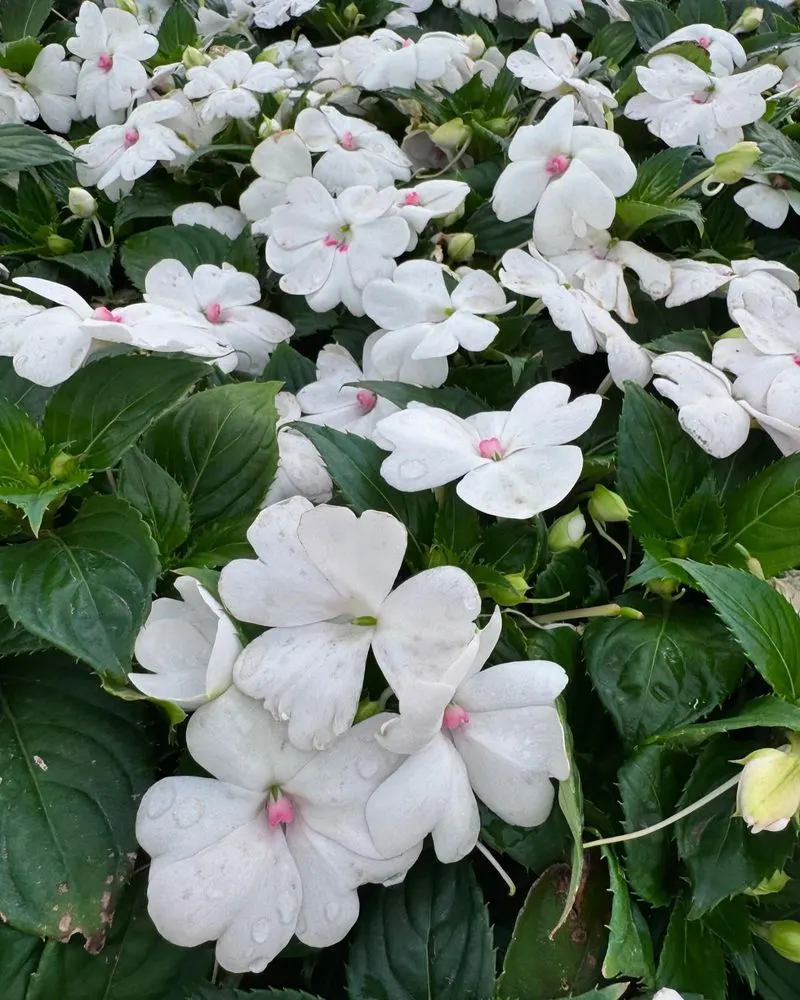
Impatiens are beloved for their vibrant, colorful blooms that can light up shady corners. However, their constant need for moisture can be a challenge for those mindful of water use. These shade-loving flowers often require daily watering to maintain their allure. While they offer a burst of color, their water demands can be a significant downside for environmentally conscious gardeners looking to reduce their water consumption.
Aloe Vera
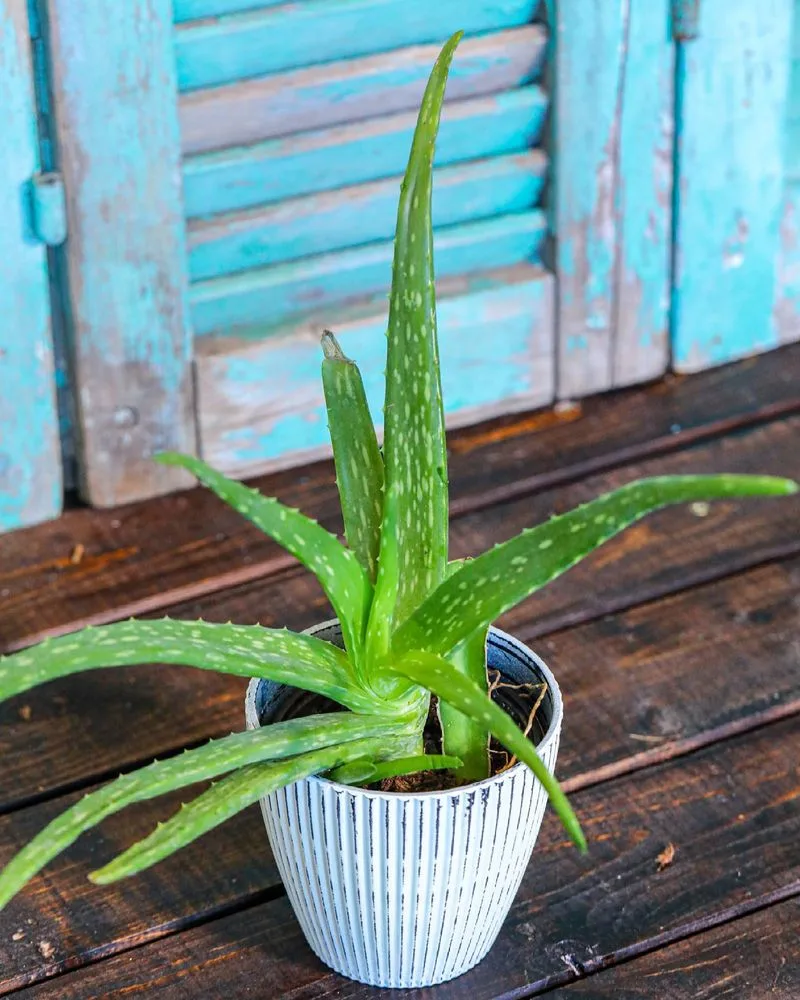
Aloe Vera is a powerhouse of benefits, from skincare to air purification, and it does all this with minimal water. This succulent thrives in bright sunlight and needs only occasional watering, making it perfect for those aiming to conserve. Its gel-filled leaves store moisture, allowing it to sustain itself during dry spells. With its origins in the Arabian Peninsula, Aloe Vera is a symbol of resilience and simplicity, ideal for any eco-friendly garden.
Gardenia
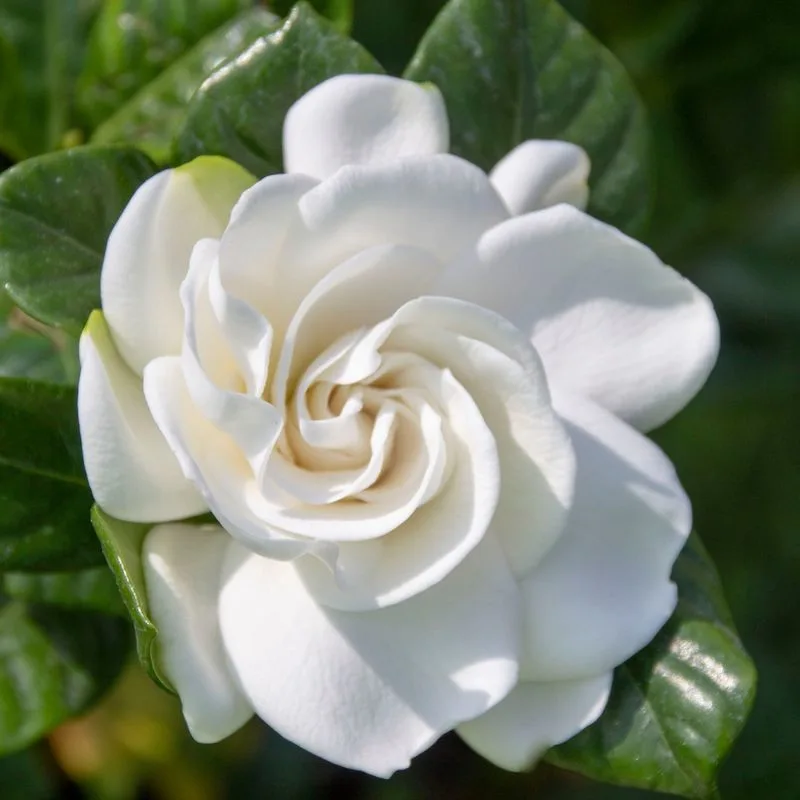
Gardenias are cherished for their intoxicating scent and beautiful blossoms, yet they are notorious for their finicky nature and high water needs. These fragrant beauties often require consistent moisture to maintain their lush appearance, making them less suitable for water-conscious gardeners. While their allure is undeniable, their care requirements can be taxing, especially in drier climates where water conservation is a priority.
Sedum
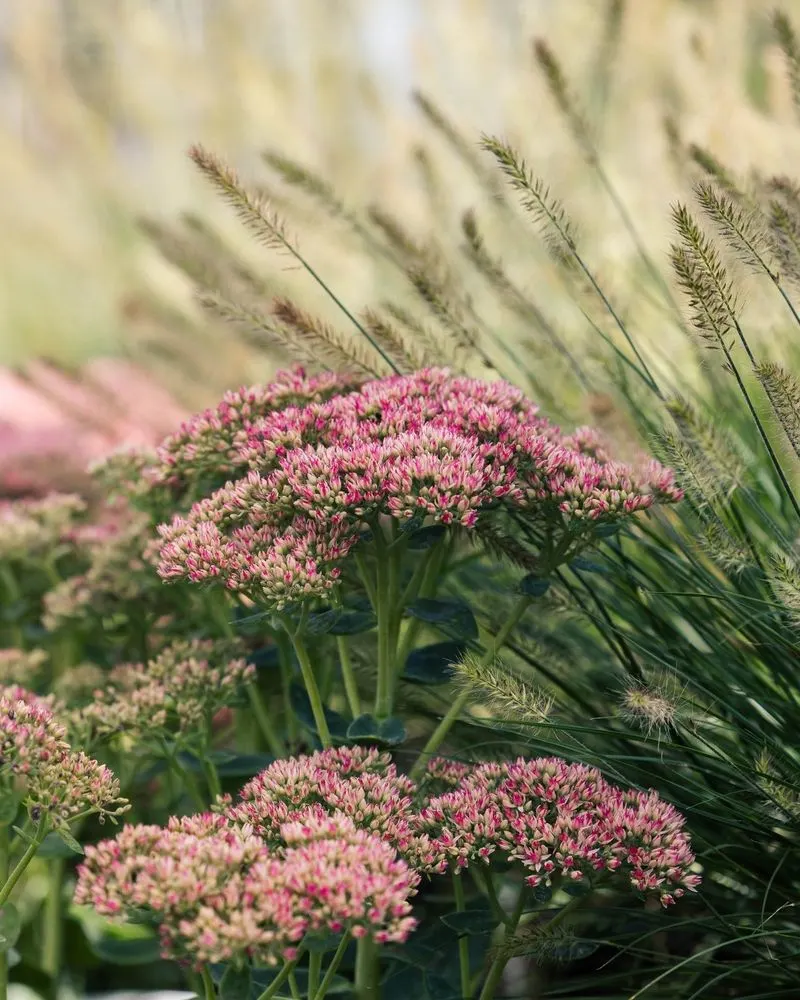
Sedum offers a tapestry of colors and textures with its fleshy leaves and star-shaped flowers. Known for its drought-resistant properties, this plant thrives in a variety of conditions with minimal water. Its adaptability makes it a favorite among those seeking a hardy, water-wise option. Originating from Europe and Asia, Sedum’s robust nature ensures that it remains a staple in eco-friendly gardens, offering beauty without the fuss.
Caladium
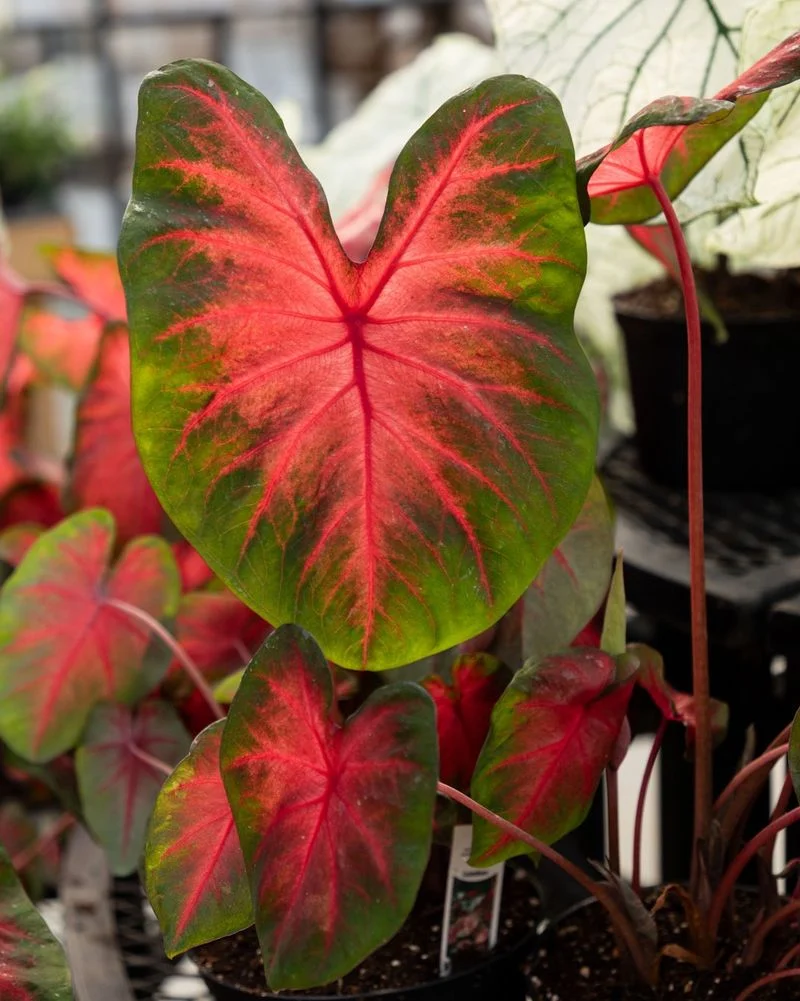
Caladium captivates with its heart-shaped, colorful leaves but comes with a hefty water bill. Preferring a moist environment, it can be a high-maintenance choice for those looking to save water. This tropical plant thrives in shaded areas, requiring frequent watering to keep its vibrant display. While it adds a splash of color, its thirst may outweigh its ornamental value for those prioritizing sustainability in their gardens.
Succulent Assortment
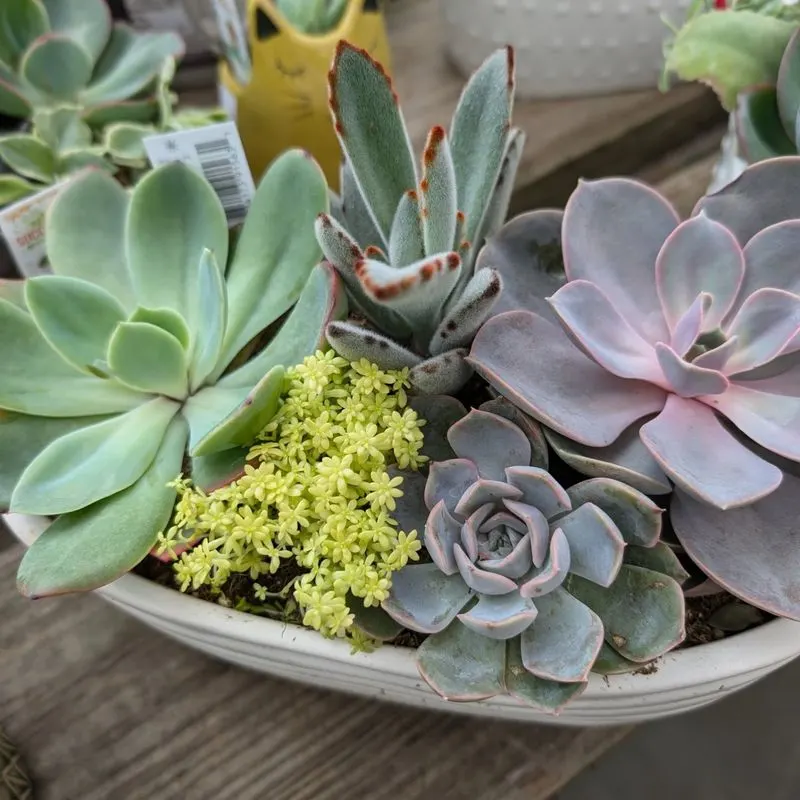
Succulents bring diversity and charm to any space with their unique shapes and colors. They are the epitome of low-water gardening, thriving on neglect and requiring infrequent watering. Ideal for busy gardeners and water savers alike, succulents store moisture in their leaves, allowing them to endure dry conditions. These resilient plants, often hailing from arid regions, make them a popular choice for creating a stylish and sustainable container garden.
Begonia
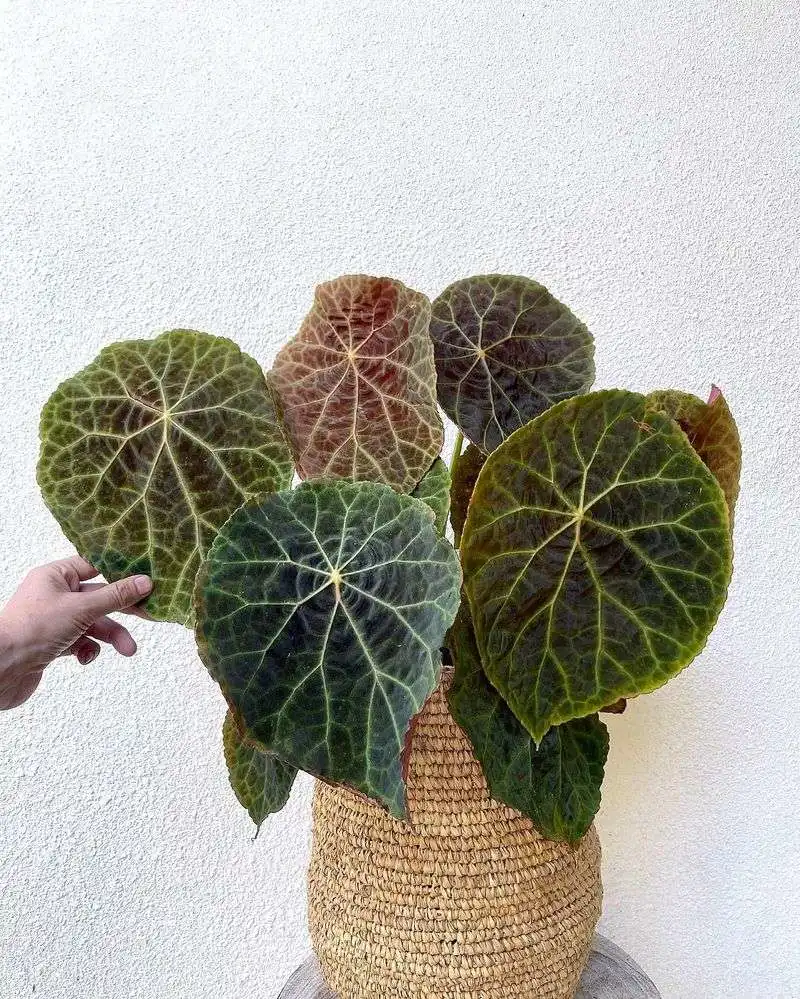
Renowned for their stunning foliage and delightful blossoms, Begonias have a penchant for moisture. Their water-loving nature can be a deterrent for those committed to water conservation. While they bring a splash of color to shaded areas, their demand for consistent moisture might not align with sustainable gardening practices. Despite their beauty, they might be best replaced with less demanding options for an eco-friendly garden.
Rosemary
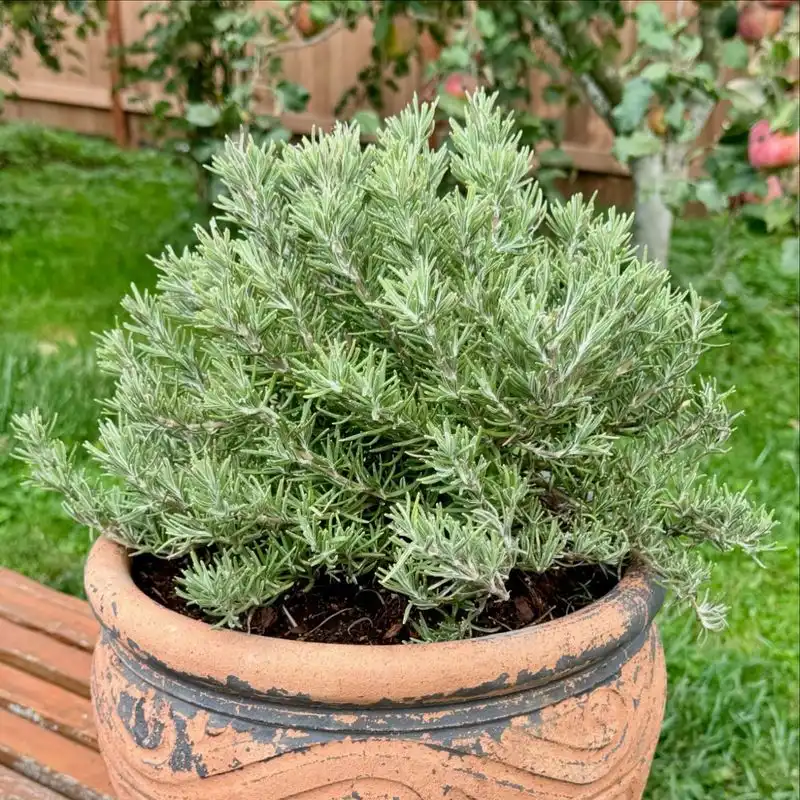
Rosemary is not just a culinary delight but a master of low-water gardening. This woody perennial thrives in well-drained soil and basking in the sun, requiring minimal watering. Its aromatic leaves bring a Mediterranean touch to your space, perfect for both the kitchen and the garden. Rosemary’s resilience makes it an indispensable part of a sustainable garden, offering both beauty and utility without the need for excessive watering.
Coleus
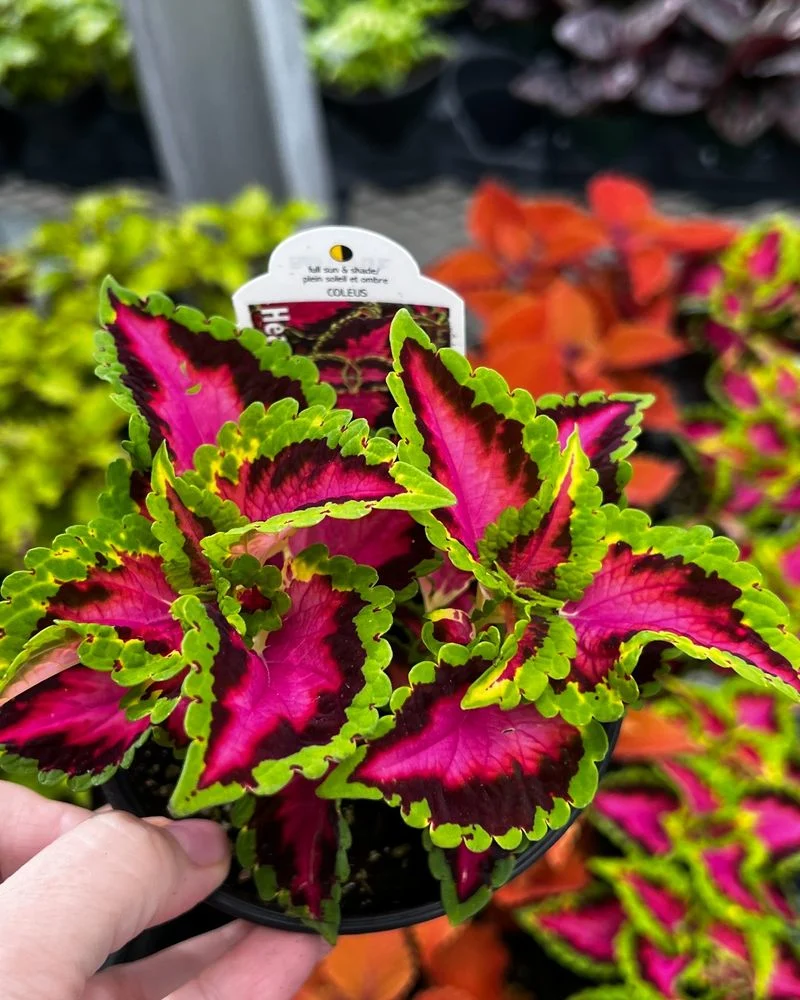
Coleus plants are famed for their vibrant, multicolored foliage but demand frequent watering. Their stunning leaf patterns make them popular, yet their moisture needs can be a challenge for eco-minded gardeners. Originating from Southeast Asia, these plants thrive in shade but often need daily watering to maintain their vivid appearance. For those focused on sustainability, choosing a less water-intensive plant could be more practical.
Agave

Agave stands as a beacon of drought resistance. With its striking, architectural leaves, it thrives in arid conditions, requiring little to no watering once established. Native to the Americas, this succulent is not only a visual focal point but also a model of water conservation. Its ability to withstand extreme climates makes it an ideal choice for those looking to garden sustainably without sacrificing style and presence.
Echeveria
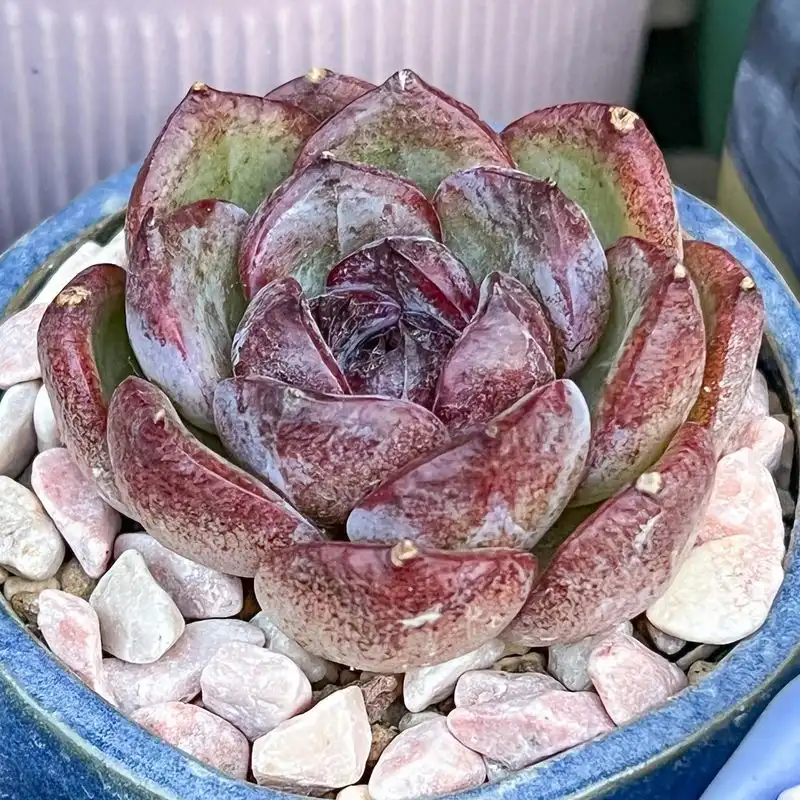
Echeveria succulents captivate with their rosette forms and pastel hues. Known for their drought tolerance, they require minimal watering, making them perfect for water-wise gardening. Whether placed indoors or outside, they add elegance without demanding attention. Originating from semi-desert areas of Central America, Echeverias are resilient and easy to maintain, embodying the beauty and efficiency of low-water plants.
Bamboo
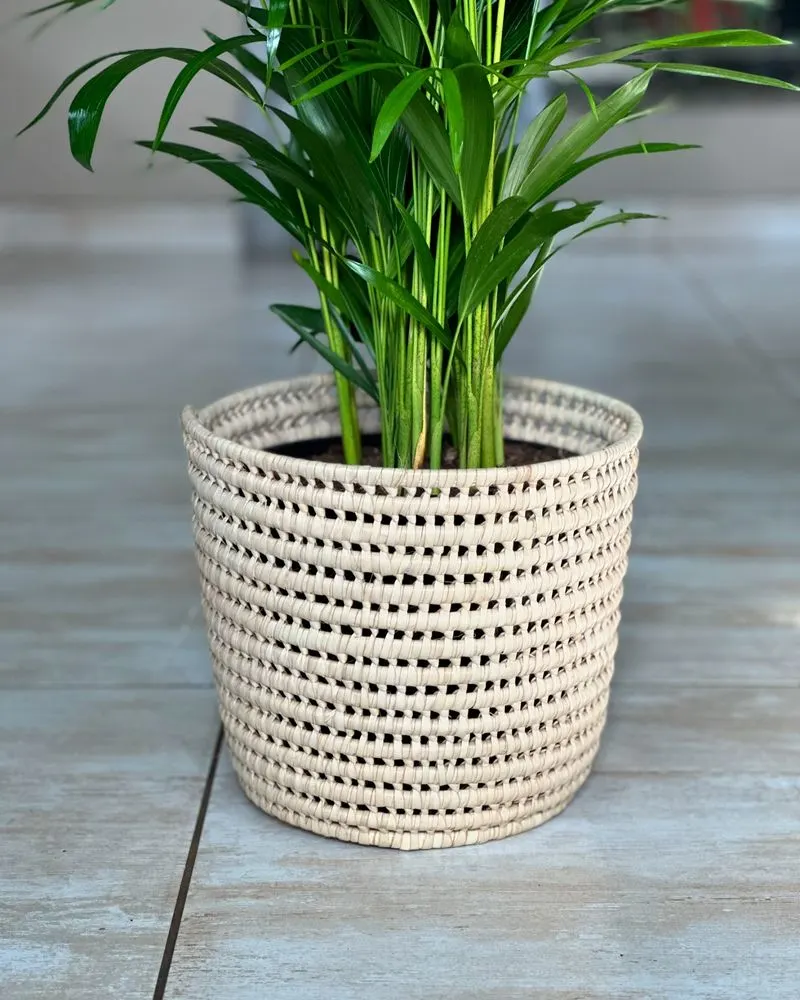
Bamboo offers a modern, zen-like vibe but demands significant water. While it’s fast-growing and versatile, its thirst makes it less ideal for those keen on reducing water use. These towering grasses require regular watering, especially when young, which can strain resources in drier regions. Though they create privacy and aesthetic appeal, choosing alternatives might better align with sustainable gardening efforts.
Yucca
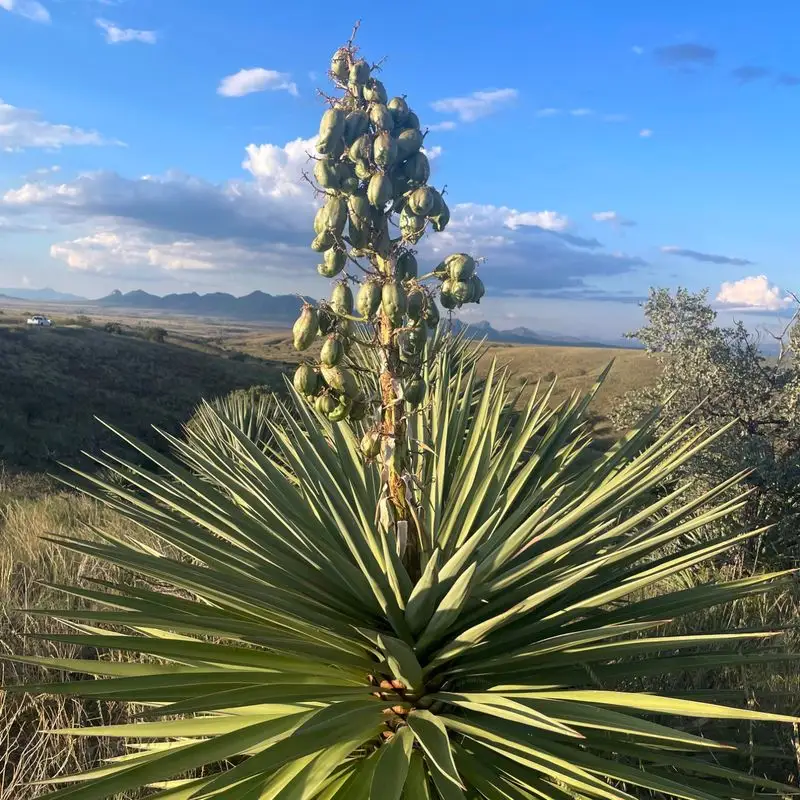
Yucca plants are celebrated for their dramatic appearance and robust nature. They thrive in dry conditions with minimal watering, making them an asset to any water-wise garden. Their sword-like leaves and towering flower spikes offer visual interest without the need for constant care. Native to hot, arid regions, Yucca embodies durability and resilience, providing a sustainable alternative for modern landscapes.
Hosta
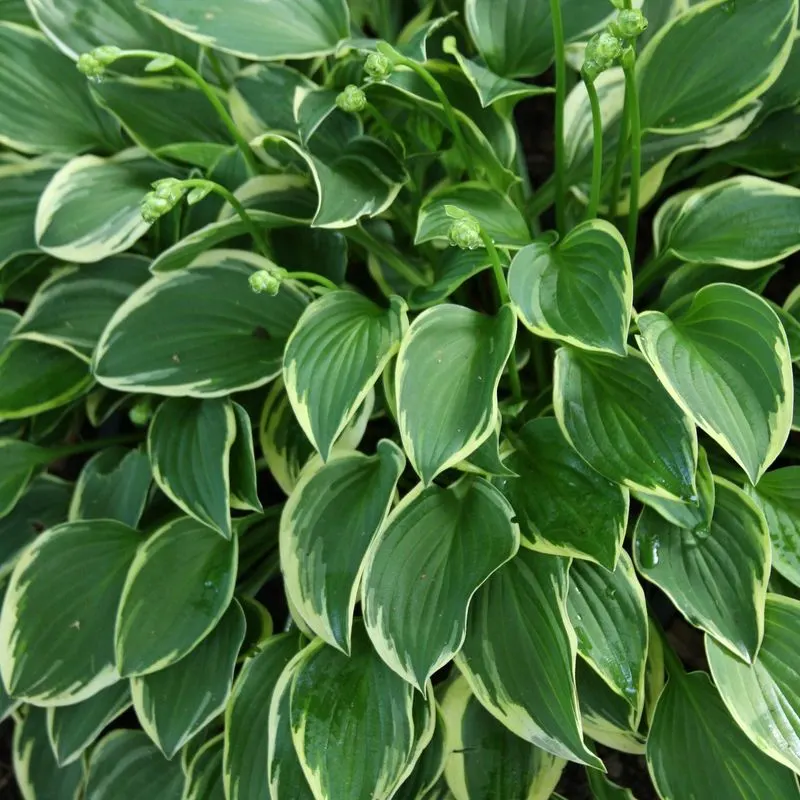
Hostas are known for their lush foliage and shade tolerance but can be water-intensive. These garden favorites often require regular watering to maintain their plump leaves and vibrant hues. While they thrive in cooler, shaded spots, their water needs can conflict with sustainable gardening goals. Opting for less demanding plants can ensure both beauty and eco-friendliness in your container garden.
Thyme
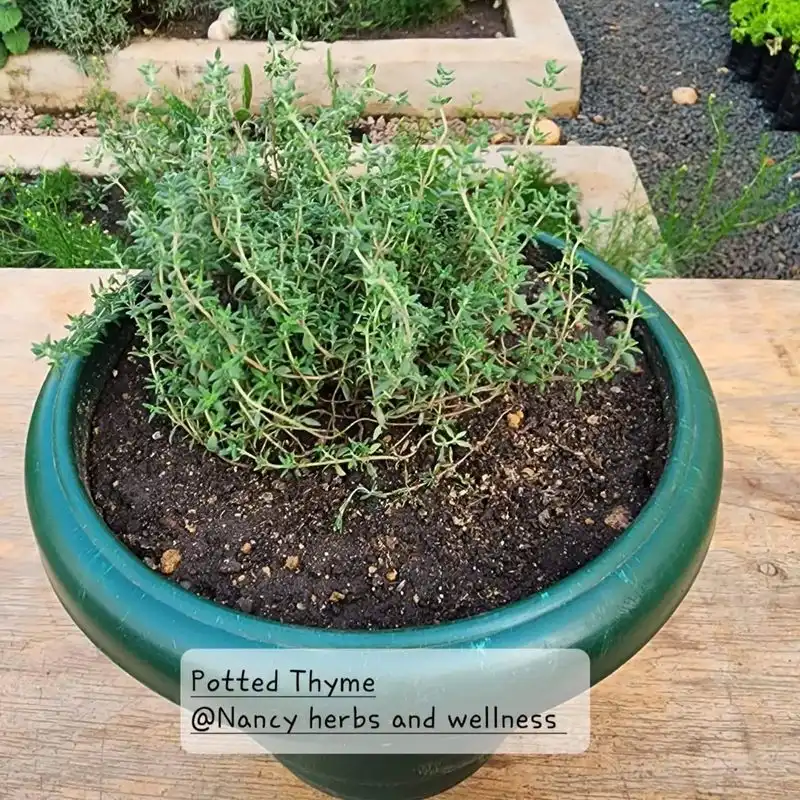
Thyme is a culinary staple that thrives with minimal care. This herb prefers dry conditions and well-drained soil, making it a top choice for water-wise gardening. Its fragrant leaves are a delight in the kitchen, adding flavor without adding to the water bill. Originating from the Mediterranean, Thyme is versatile and robust, embodying the essence of sustainable gardening while enriching both garden and palate.
Elephant Ear
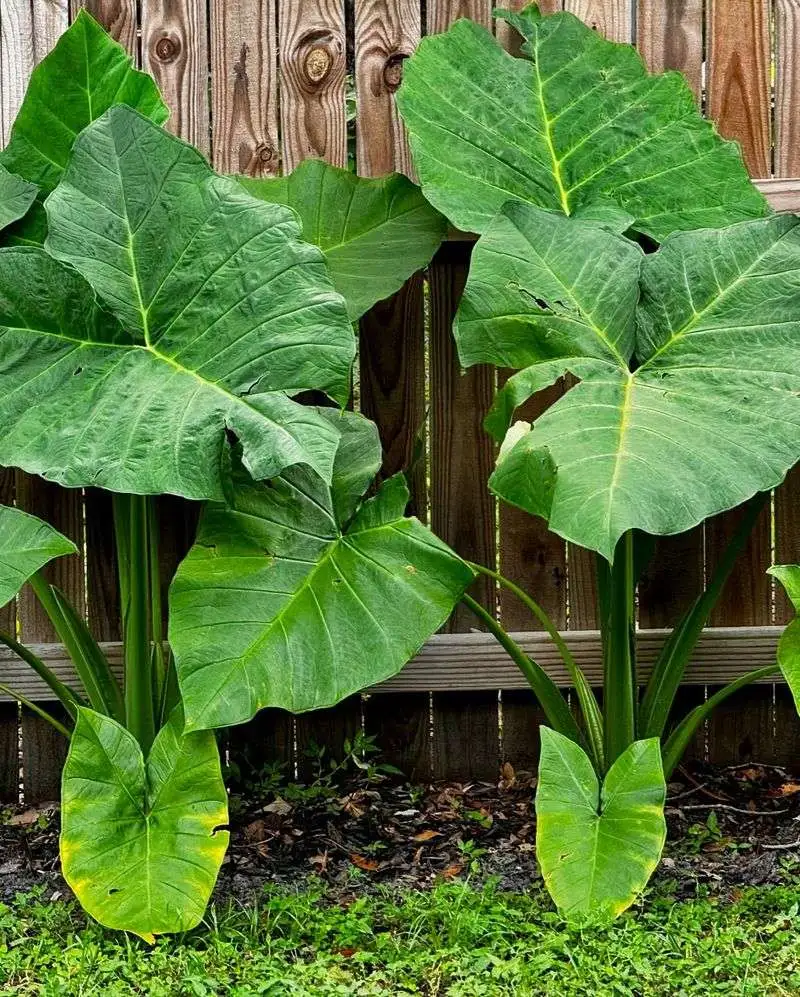
Elephant Ear plants make a bold statement with their oversized leaves, yet their water needs can be just as large. These tropical beauties thrive in moisture-rich environments, which can be a challenge for water-conscious gardeners. Their impressive foliage provides a striking focal point, but their thirst might outweigh their ornamental value in sustainable gardening practices. Prioritizing low-water alternatives could be a more prudent choice.
Cactus
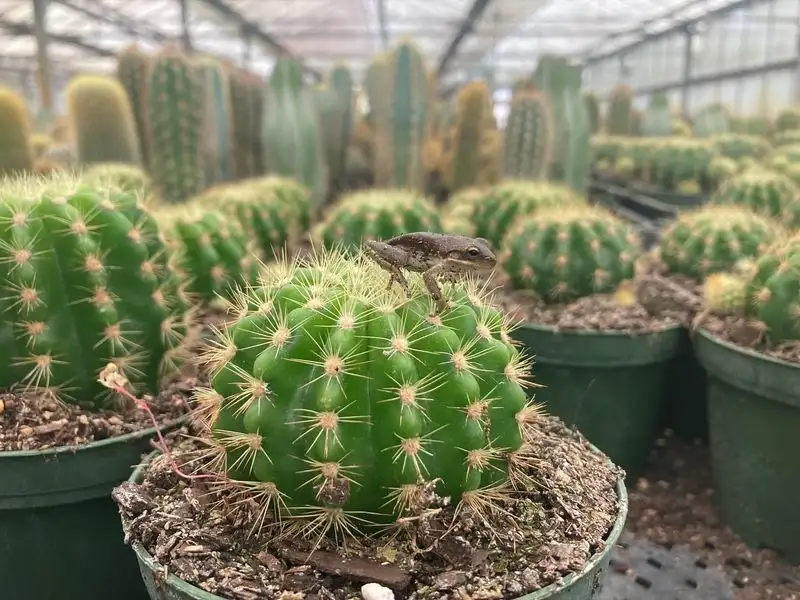
Cacti are the quintessential low-water plants. With their unique forms and spiky textures, they thrive in sun-drenched locations with minimal moisture. Preferring dry soil and infrequent watering, they’re ideal for those committed to conserving water. From deserts to modern homes, cacti offer a resilient, low-maintenance option that enhances any space with their distinct presence. They epitomize sustainable gardening, requiring little care to thrive.

